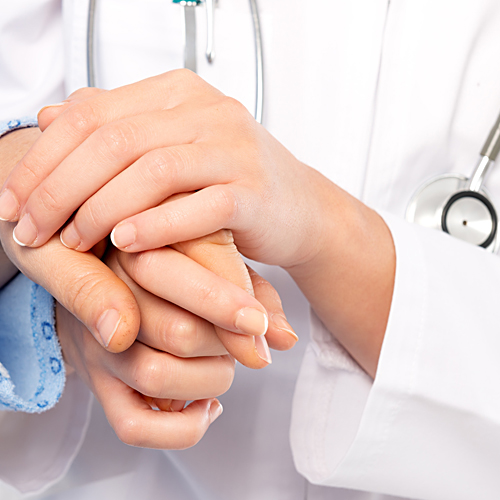
At the start of the treatment, it is necessary modify the lifestyle to avoid and prevent factors which cause vascular spasms, such as: exposure to cold temperatures, vasoconstricting medicines, some contraceptives, stressful situations. Moreover, patients should refrain from smoking and using amphetamine, codeine and caffeine. It has been proven that cigarette smoke contains substances which shrink and damage blood vessels.
Most people suffering from primary Raynaud’s do not require pharmaceutical treatment, while treatment targeted at the primary causes is not possible due to unidentified causes of the disease.
Patients with secondary Raynaud’s require therapeutic treatment to address the underlying disease, which involves specialist treatment. Sometimes it is necessary for the patient to change their job (in case of vibration disease). The easiest way to improve peripheral microcirculation and to decrease the severity of symptoms is to warm up the hands, for instance, by placing them in a place where the temperature is higher, for example, under the armpit. Lifting up arms and then dropping them rapidly can also help.
In case of patients who suffer from Raynaud’s syndrome with long-term, severe symptoms despite taking prior preventative actions, pharmaceutical treatment is recommended. Pharmaceutical treatment must also be commenced if ulcerations appear on finger tips. However, pharmacotherapy may result in undesired symptoms such as headache and dizziness, nausea, weakness and decreased blood pressure.
If there is no improvement despite pharmaceutical treatment, surgical treatment should be considered.
Non-pharmaceutical treatment is gaining popularity, as with the use of modern treatment methods and technologies, it creates new possibilities based on comprehensive, individual and holistic diagnostic and therapeutic procedures.
Bibliography – See